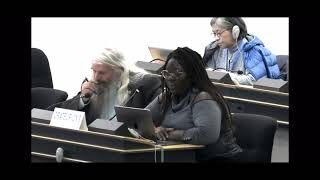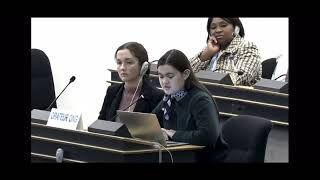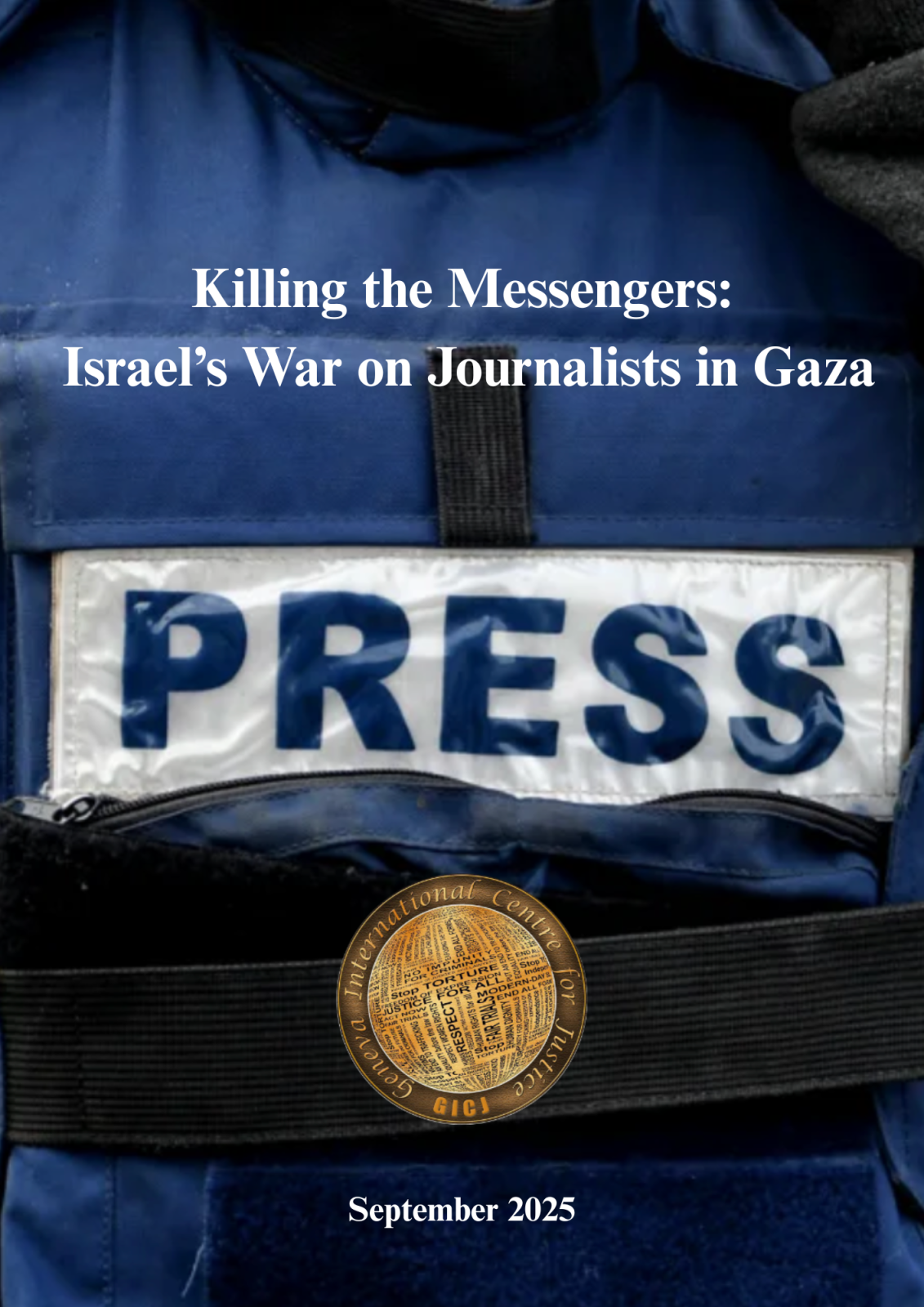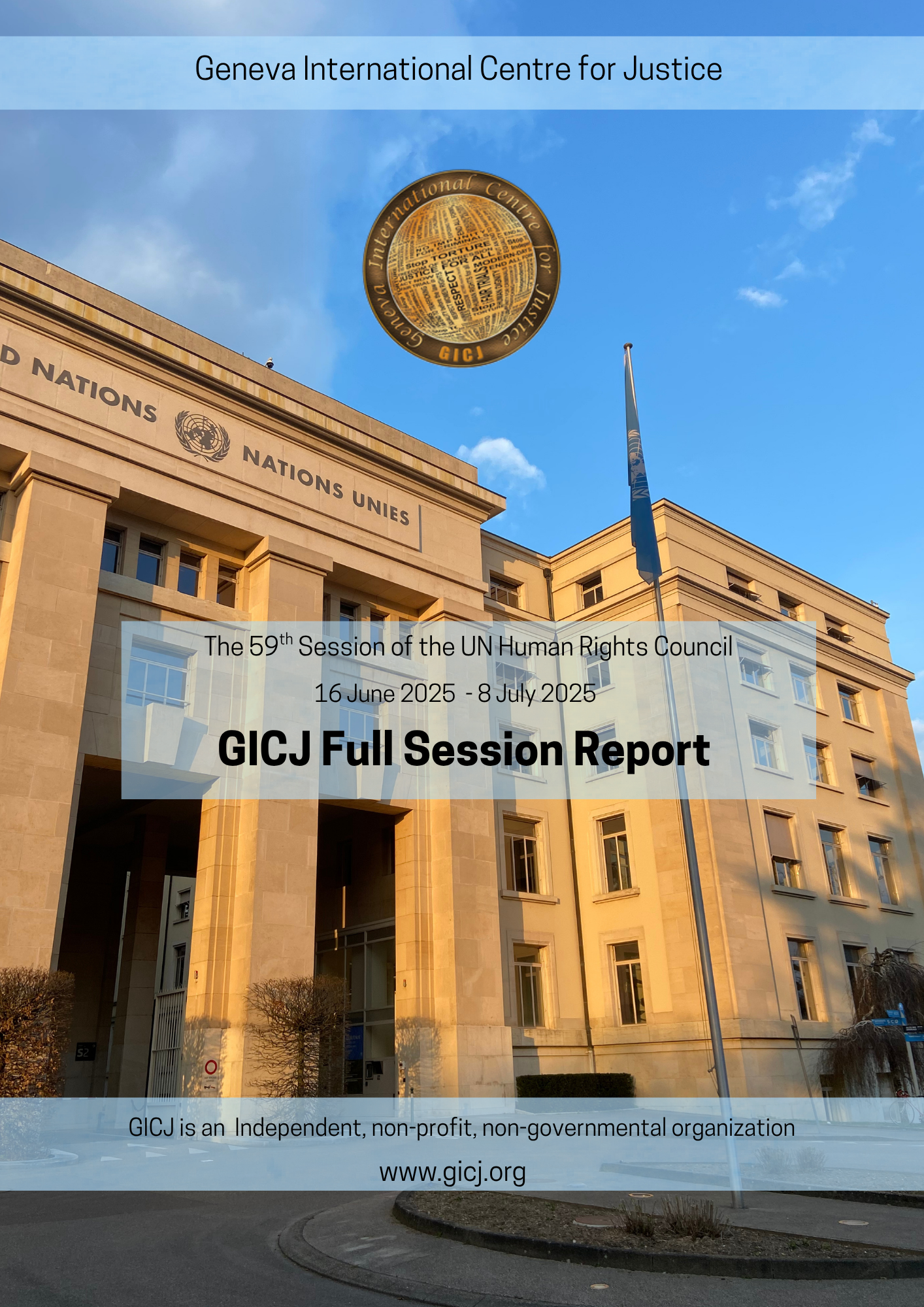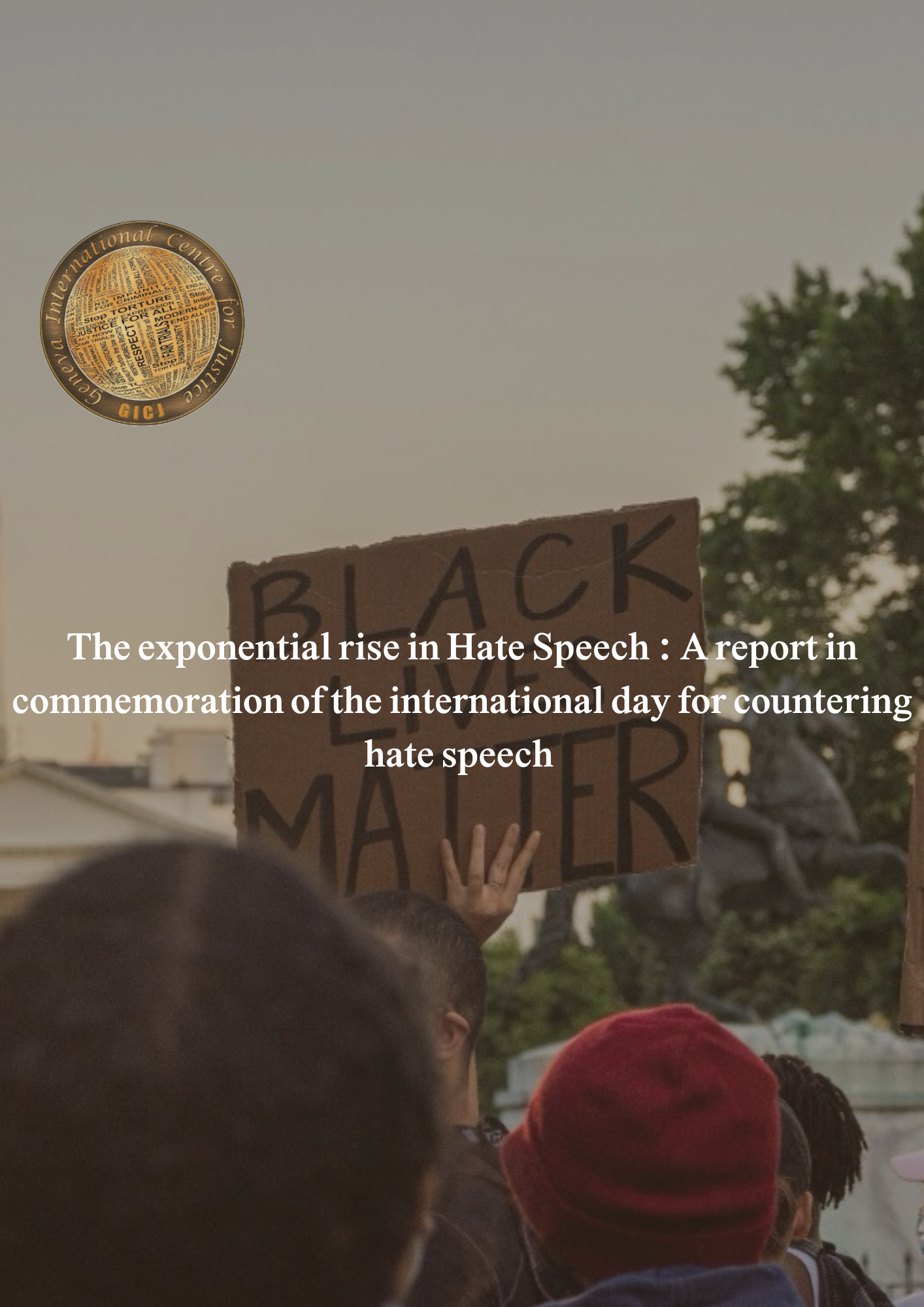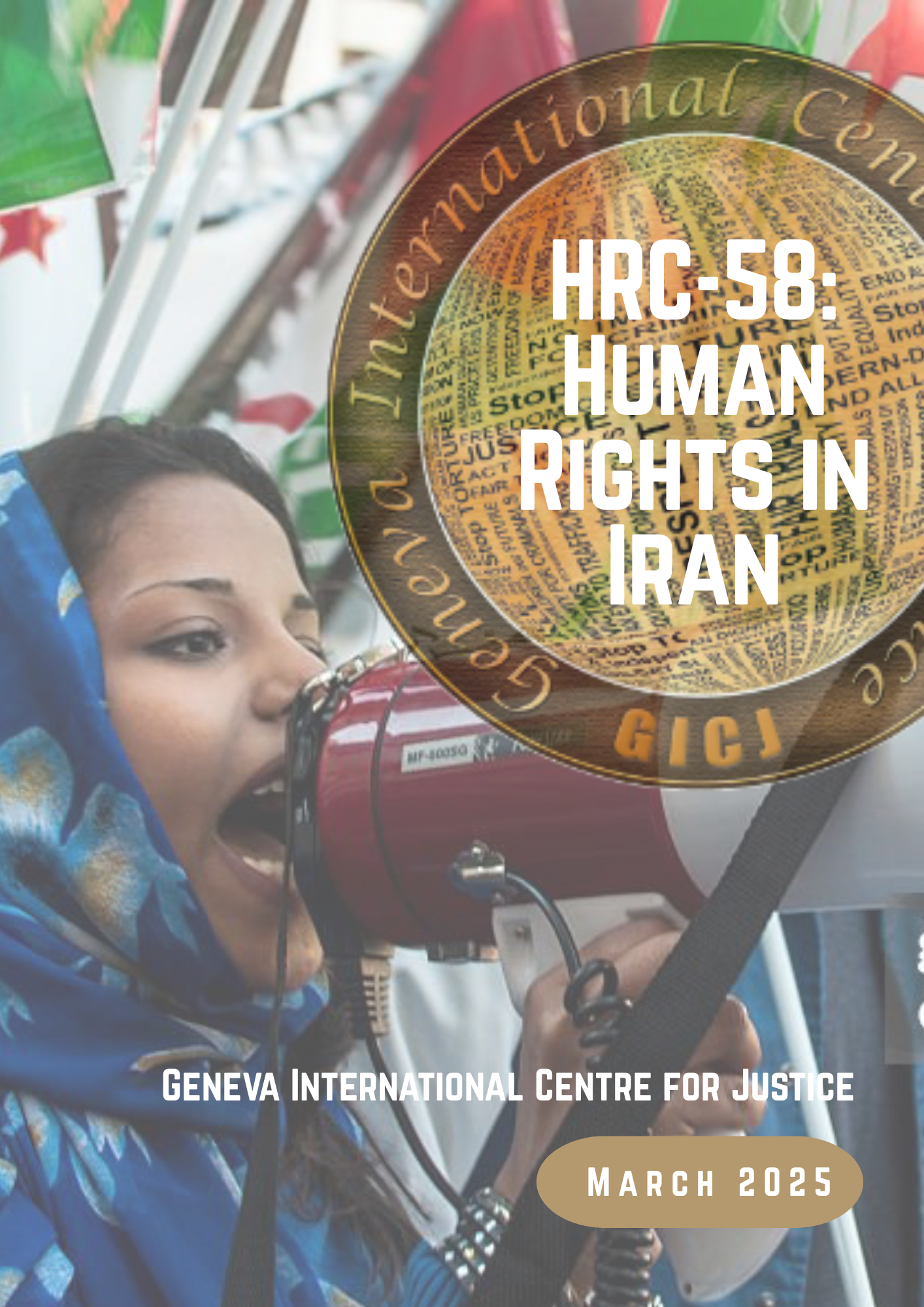17.12.2020
By: Razan al-Shammari/ GICJ
In the context of supporting and promoting multilingualism and multiculturalism in the United Nations, the UN Department of Global Communication - formerly known as the Department of Public Information - established language days to celebrate each of the six official languages of the United Nations.[1] Accordingly, it was decided to celebrate the Arabic language on December 18, being the day in which the General Assembly adopted Resolution 3190 on December 18, 1973.[2] This day aims to raise awareness and respect for the history, culture, and development of the language.
Arabic is one of the oldest Semitic languages and one of the most widespread languages in the world. Despite its age, it still has characteristics that distinguish it from other languages, such as its vast vocabulary, terminology, morphology, syntax, and grammatical architecture that cannot be found collectively in any other language. In addition, Arabic carries a wide cultural diversity and is spoken by more than 420 million people distributed all over the world, such as Ahwaz, Turkey, Chad, Mali, Senegal, and Eritrea, but mostly in the region known as the Arab world.[3]  Moreover, the Arabic language is of utmost importance to Muslims, as it is a sacred language (the language of the Qur’an). Thus, the World Arabic Language Day comes with great importance in order to revive the use of the Arabic language, especially in societies and countries that speak it.
Moreover, the Arabic language is of utmost importance to Muslims, as it is a sacred language (the language of the Qur’an). Thus, the World Arabic Language Day comes with great importance in order to revive the use of the Arabic language, especially in societies and countries that speak it.
In the celebration and honoring of the Arabic language, Geneva International Centre for Justice presents some interesting facts about this distinguished language:
- There are two forms of Arabic: the Classical Arabic or ‘al-Fuṣḥā,’ the formal spoken and written language taught in schools and universities, and used in the media, newspapers, literature, and other official reports. Most importantly, Islam’s holy book, the Qur’an, is written with al-Fusha. The other form is the Colloquial Arabic or ‘al-Aamyah,’ and it represents the less formal - the everyday language - which varies from country to country, and even from town to town.
- What distinguishes the Arabic language from other world languages is its ability to express letters that are not found in other world languages, such as the letter ‘Dhaad.’ Moreover, as opposed to several European languages, the spelling of the words in Arabic corresponds to the way it is pronounced.
- The Arabic alphabet, or the ‘Abjad,’ is written from right to left, along with Persian and Hebrew. In the abjad, each letter stands for a consonant and not a vowel, which requires the use of “vowel marks” over the letters to express the meaning of the word. Without the use of these vowel marks, the word could change in meaning.
- Arabic calligraphy is an artistic form of handwriting the abjad. The oldest form of calligraphy is the Kufic, which is one of the oldest preferred scripts for Quran transcription and an architectural decoration. Throughout history, Arabs and Muslims have mastered Arabic calligraphy, writing the most wonderful phrases on the walls of mosques from verses and Hadiths - which contains sayings of the prophet Muhammad. Today, it is now more common to see modern Arab art using a mixture of calligraphy and graffiti, known as “calligraffiti.” [4] The types of Arabic calligraphy have therefore become part of the Arab heritage.
- Many common English words have developed from the Arabic, which includes: alchemy, alcohol, algebra, algorithm, alkaline, (the article ‘al’ in Arabic denotes ‘the’), amber, arsenal, coffee, cotton, ghoul, hazard, lemon, loofah, sherbet, sofa – and many more.
Technological developments and the massive use of international languages such as English and French have led to many changes in the contemporary use of the Arabic language. Increasingly, Arabic letters are replaced with Latin in everyday communication, especially by the younger generations. By looking at these questions, World Arabic Language Day 2020 provides an opportunity to reflect and discuss how language academies can be empowered to help revive and enhance the use of the Fusha. As such, Geneva International Centre for Justice (GICJ) recognizes the importance and the opportunity this day provides to celebrate the richness and global significance of the Arabic language around the world.
The United Nations decision to adopt Arabic as its sixth official language 47 years ago has had increasing participation in the work of the organization, as well as has enhanced its effectiveness. Geneva International Centre for Justice (GICJ) supports multilingualism: it is a form of inclusion, increasing tolerance and respect for cultural differences. GICJ further believes that multilingualism should be preserved and encouraged through various procedures within the United Nations system, in a spirit of inclusion and communication.
Language has a fundamental role in the culture. In this regard, GICJ urges all relevant United Nations bodies to continue working towards building a respectful environment for all cultures through efforts to reduce discrimination and hatred against other cultures. Building peace and enhancing cooperation and solidarity among nations require respecting others' linguistic and cultural differences.
[1] United Nations, Official Languages. Available at: https://www.un.org/en/sections/about-un/official-languages/index.html
[2] UN General Assembly Resolution 3190: December 18, 1973. Available at: https://www.un.org/en/ga/search/view_doc.asp?symbol=A/RES/3190(XXVIII)&Lang=E&Area=RESOLUTION
[3] World Population Review, Arab countries (2020) https://worldpopulationreview.com/country-rankings/arab-countries
[4] Arabic calligraphy, Wikipedia. Available at: https://en.wikipedia.org/wiki/Arabic_calligraphy
Justice, Human rights, Geneva, geneva4justice, GICJ, Geneva International Centre For Justice




